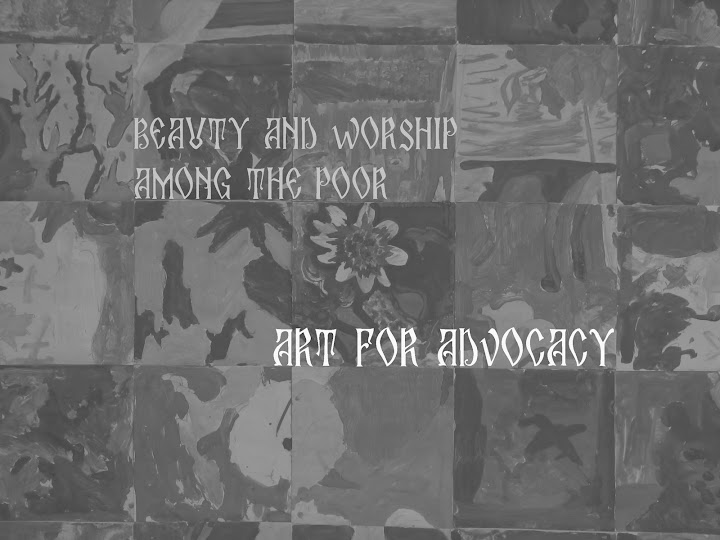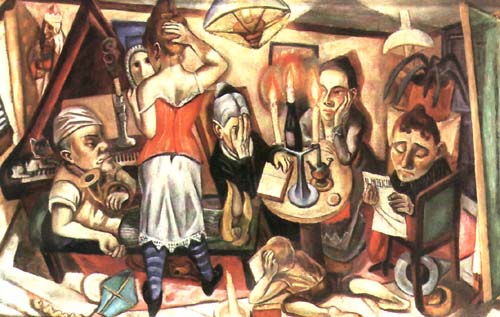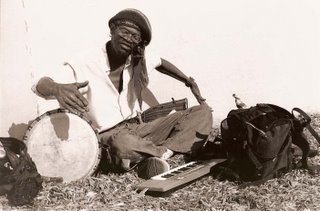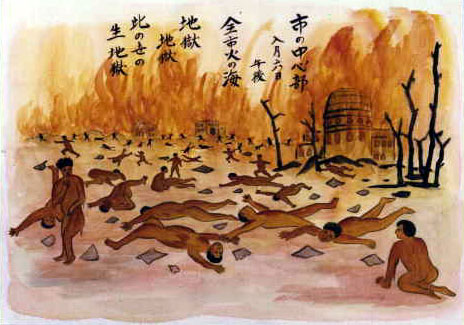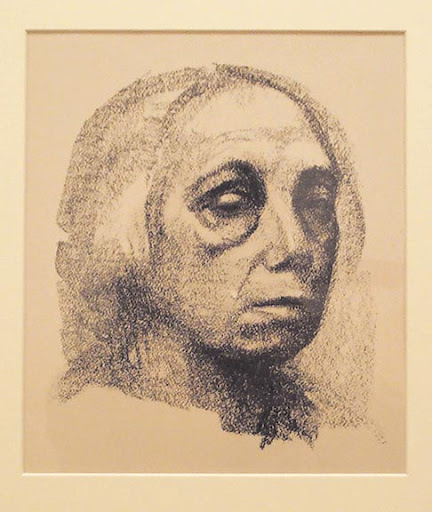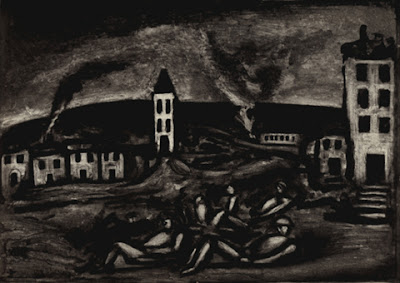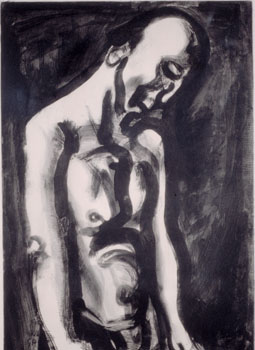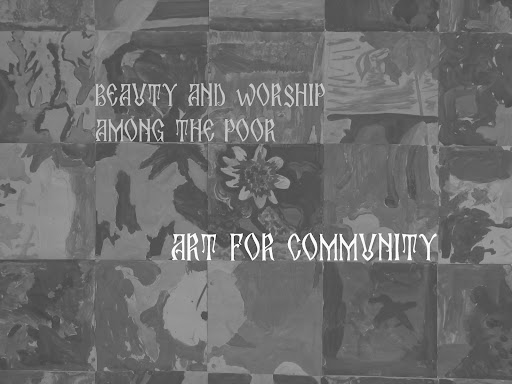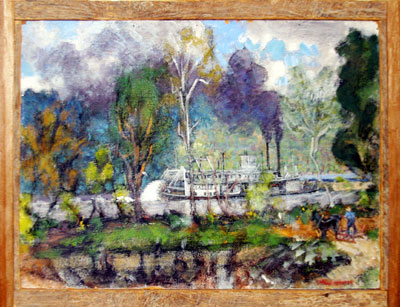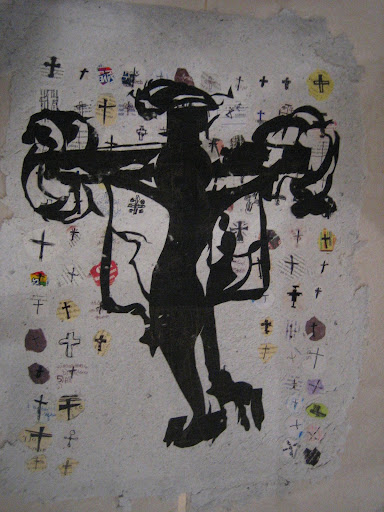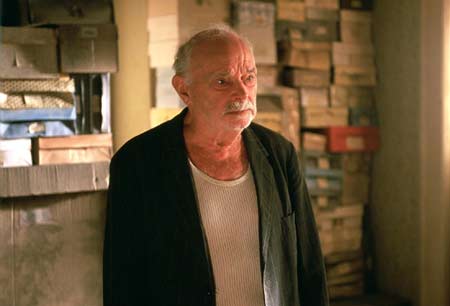Movements into Silence
I finally finished these music tracks I am calling,
Movements into Silence, Contemplative Music on my 30 dollar Classical guitar, recorded on the voice recorder Will John gave me last year. Below is the description.

Movements into Silence
(download CD free HERE)
Movements into Silence
- Movement 1
- Movement 2
- Movement 3
- Movement 4
- Twenty Minute Silence
Continuous Prayer and Silent PrayerGrowing up going to all night prayer meetings with my dad while I was in high school nurtured in me a life of prayer. Years later I found myself in an all night prayer service at a Romanian Orthodox monastery on the other side of the ocean. The fellowship hall of my dad's prayer meetings couldn't have been more different from the icon filled and gold leafed ancient chapel, but despite the differences I felt strangely at home.
Known as Hesychism in the Orthodox east and now popularized in liturgical churches in the west as the Centering Prayer movement, the heritage of continuous prayer is the wealth of our Christian faith. Many believers are rediscovering the rich traditions of prayer practices in works like ‘The Way of the Pilgrim’ which describes a Russian peasants journey from destitution into the life of continuous prayer. He learns to pray the Jesus Prayer, 'Lord Jesus Christ have mercy' continuously and we watch it turn from ritual habit into intimacy with God. As we walk, we pray; as we breathe, we pray; as our heart beats, we pray; as we encounter the poor, we pray; as we do justice to the image of God now seen in the poor, we pray; as we sleep, we pray. Centering prayer is a habit of prayer which refocuses our attention, centering us on Christ twice a day so that we can live continuously in Him.
'In repentance and rest is your salvation, in quietness and trust is your strength', Isaiah 30:15
Silent prayer is a purifying fire. This sanctifying movement of the Spirit within us calls us to bring our histories, and everything within our spheres of life into submission to Christ. This recording was born out of desire to be faithful to the spirit of contemplative prayer. It is my prayer that we may return continually to Christ, to meet Him in silence, and allow Him to unmask our false selves and offer us back into the world as a whole persons capable of encouraging wholeness in the Body of Christ, that we may be a fragrant offering for the life of the world.
In centering prayer we are encouraged to make a habit of 20 minutes of complete silence in the morning and 20 minutes before the evening meal. Without distraction, relaxed, and concentrated on a word or phrase such as, “Lord Jesus Christ, have mercy”. The word or phrase helps to refocus us as we are distracted by a myriad of thoughts. Track 1-4 are10 minute instrumental pieces and Track 5 is 20 minutes of silence begin and end with chimes. Below are two prayers I find helpful for beginning and ending times of prayer.
If you found this helpful, I would recommend, far more than my own music, recordings of the music written by of Hildegard von Bingen (1098-1179). Also, consider Arvo Part's 'Alina', and a collection of choral and violin pieces by Bach called 'Bach: Morimur' for facilitating times of silence and contemplation. For more reading on continuous prayer see The Pilgrim and the Pilgrim continues on his Way, anonymous, works by Thomas Keating on centering prayer, and one of my favorite books on prayer and contemplation Clowning in Rome, by Henri Nouwen .
The artwork for the CD comes from a series of meditative wash drawings based on slow blind contours.
All this music is free to download, share and you are free to delete it when it is no longer useful to you, any comments are welcome, please e-mail them to jamklepac@gmail.com.
Movements into Silence CD
(download for free HERE)
Trisagion Prayers.
+Glory to Thee, our God, Glory to Thee.
O Heavenly King, Comforter, the Spirit of Truth,
Who art everywhere present and fillest all things,
the Treasury of good things and Giver of life:
Come, and abide in us, and cleanse us from every stain,
and save our souls, O Good One.
+Holy God, Holy Mighty, Holy Immortal: have mercy on us. (3 times)
+Glory to the Father, and to the Son, and to the Holy Spirit,
both now and ever, and unto the ages of ages. Amen.
All-Holy Trinity, have mercy on us.
Lord, cleanse us from our sins.
Master, pardon our iniquities.
Holy God, visit and heal our infirmities for Thy name's sake.
Lord, have mercy. (3 times)
+Glory to the Father, and to the Son, and to the Holy Spirit,
both now and ever, and unto the ages of ages.
Our Father, who art in Heaven, hallowed be Thy name.
Thy Kingdom come, Thy will be done, on earth as it is in heaven.
Give us this day our daily bread, and forgive us our trespasses
as we forgive those who trespass against us;
and lead us not into temptation, but deliver us from the evil one.
For Thine is the Kingdom, and the power, and the glory,
of the +Father, and of the Son, and of the Holy Spirit,
now and ever and unto ages of ages. Amen.
First Prayer of St. Basil the Great
Almighty Lord, God of the Powers and of all flesh,
Who livest in the highest and carest for the humble,
Who searchest our hearts and affections,
and clearly foreknowest the secrets of men;
eternal and everliving Light, in Whom is no change nor shadow of variation;
O Immortal King, receive our prayers which at the present time
we offer to Thee from unclean lips, trusting in the multitude of Thy mercies.
Forgive all sins committed by us in thought, word or deed,
consciously or unconsciously, and cleanse us from all defilement of flesh and spirit.
Grant us to pass the night of the whole present life with wakeful heart and sober thought,
ever expecting the coming of the radiant day of the appearing of Thy only-begotten Son,
our Lord and God and Saviour, Jesus Christ, when the Judge of all will come with glory
to render to each according to their deeds. May we not be found fallen and idle,
but awake and alert for action, ready to accompany Him into the joy and divine palace of His glory,
where there is the ceaseless sound of those keeping festival and the unspeakable delight
of those who behold the ineffable beauty of Thy Face.
For Thou art the true Light that enlightens and sanctifies all,
and all creation sings to Thee throughout the ages. Amen.
Movements into Silence CD
(download for free HERE)
Joel and Monica Klepac
www.wordmadeflesh.com
www.wmfromania.com
www.joelklepac.blogspot.com
www.artincommunityamongthepoor.blogspot.com
(all music was recorded, written an played by Joel Klepac at Jonah and the Whale Productions, all album art is done by Joel Klepac)
























